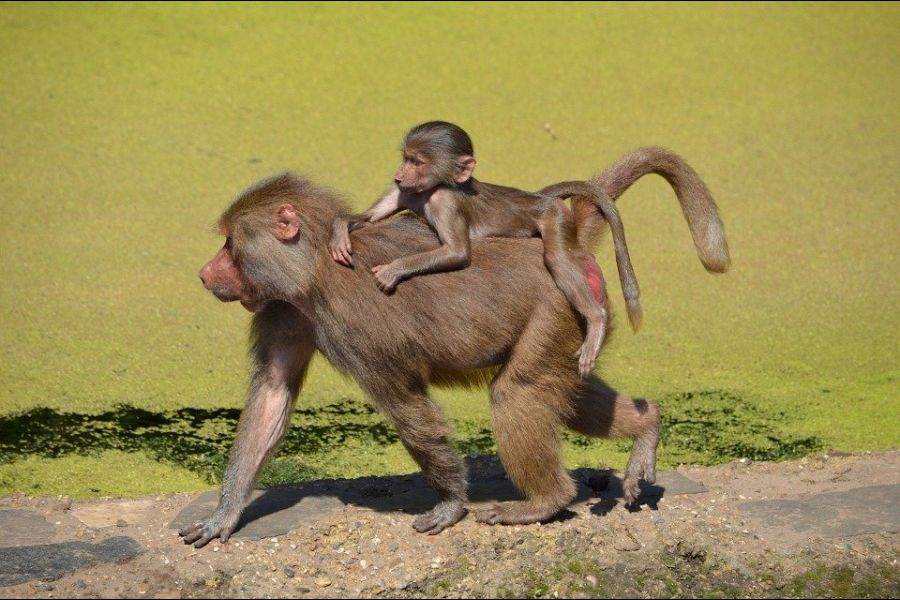Dr. William Brown is a professor of neurology at McMaster University and co-founder of the Infohealth series at the Niagara-on-the-Lake Public Library.
Dr. William Brown
Special to The Lake Report
Sometimes when we struggle to make sense of human behaviour it helps to examine the behaviour of closely related species such as chimpanzees, baboons and rhesus monkeys – to name the main three.
Like us, they are highly social and face the daily challenge of navigating the social landscape within their troop. Meeting the challenge involves keeping track of who’s in charge, who’s in, who’s out, who’s allied with whom, who to be wary of and who you can count when the chips are down.
No wonder Robin Dunbar, an evolutionary psychologist at Oxford University, put forward his hypothesis that the complexity and demands posed by keeping track of relationships within the groups was the main selective pressure that drove the evolution of the brain in primates – not the skill with which tools were fashioned and used.
There is strong observational evidence that what we might call moral behaviour is sometimes practised by chimpanzees – examples of which include helping those unable to find food or fend for themselves and the provision of long-term support for disabled members of their troop for months and even years.
And based on fossil evidence, the provision of long-term care for disabled members was also provided by our long-extinct close-cousin species, the neanderthals.
Of course, chimpanzees can be malicious and merciless to the point of savagely killing others. But then, as we are reminded daily, sometimes humans are calculatingly malicious, merciless and savage toward one another. For our primate relatives, good and bad behaviour are biological features of the species as a whole and individuals within the group, not some imagined force beyond the biological nature of their nature as animals.
The similarities between the social behaviour of humans and primate relatives are striking. Older male baboons, for example, often develop long-lasting friendships with members of both sexes – platonic in the case of female friends.
These friendships are cemented by grooming and spending long periods with one another. For males, competitiveness and aggression toward one another mark their early years when they struggle to establish themselves in the hierarchy for preferential access to females.
But, as many grew older, much of that aggression and competitiveness subsides. In short, they mellow – as often happens with human males.
The chimpanzee study – like the baboon study – was based on long-term observations in the wild and revealed that older males became more conciliatory and favoured more long-term, mutually beneficial relationships, again associated with spending more time together and grooming with members of both sexes.
At all ages, females in both baboon and chimpanzee societies tend to be more social. No surprise there.
What these studies reveal is that social behaviours and values cross species lines. One thing I have learned from the now burgeoning literature on the behaviour of other species is that much of our behaviour has deep evolutionary roots.
And social intelligence – the ability to read the mood and intentions of others – is well-developed in primates and other social animals, such as dolphins, and even small-brained corvid birds, such as crows and ravens.
In the case of the latter, it’s amazing how much brain power, including facial recognition of humans, is packed into such a small brain with nothing like the primate neocortex to brag about.










